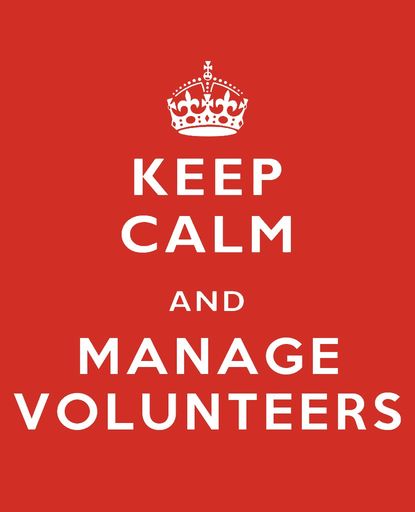

Anyone who manages volunteers (or staff) has likely had to balance the needs and interests of the individual against the needs and interests of the organization.
There are no indicators that challenge is going to get any easier or less frequent given the “seismic shifts” identified in The New Breed: Understanding and Equipping the 21st Century Volunteer. The authors are youth ministers who are adapting their strategies of engaging volunteers in response to the generational and technological shifts we are all seeing.
“As we approached the end of the 20th century and entered the new millennium, developments and trends evolved that changed the way we need to operate. Whether we like those changes or not, they’ve produced a new breed of volunteer…In the last 20 years, we’ve observed 10 seismic shifts that have shaken the world of volunteer management and have catalyzed this new breed of volunteer.”
This post will emphasize five of these identified shifts because of the challenges they present to both the time management of the volunteer coordinator and the task of keeping volunteers aligned towards the achievement of a particular goal.
1. Flexibility: From rigid scheduling to volunteer availability.
Rather than being recruited to fill defined roles, volunteers want to be able to define how and when they work.
Challenge: Managing schedules and monitoring individualized work efforts
2. Generations: From experienced veterans to novice Gen Y.
“Loving what I do” trumps “making a big salary.” The New Breed is tech-savvy and holds different views of what “appropriate” dress/conduct/outcomes or “success” are.
Challenge: Negotiating differing expectations for the work or for interactions with colleagues and service recipients
3. Professionalism: From skilled workers to knowledge workers.
Knowledge workers want to be empowered to make decisions.
Challenge: Negotiating mutual expectations of authority
4. Episodic Volunteering: From long-term commitments to short-term projects.
Time constraints make short-term projects more attractive.
Challenge: Managing more volunteers doing discrete, short-term projects
5. Speed: From slow movement to fast responses to change.
All reactions are expected to happen on a fast time-line.
Challenge: Managing expectations about response time, particularly in regard to decision-making processes
Most nonprofits and many governmental efforts rely on volunteers. These trends are as likely to apply to members of a governmental advisory board as to a mentoring program. Neither type of public organization is likely to have staff who solely focus on the care and nurturance of volunteers. There are generally many other responsibilities written into those job descriptions.
While these seismic shifts have many implications for the dynamic with public volunteers, one big challenge is this: If an organization has carefully defined standards, how can it also be flexible enough to meet these highly individualized expectations?
The New Breed summarizes the emerging volunteer with the following attributes:
- Is very busy, has many obligations, and often volunteers for multiple organizations.
- Wants flexibility.
- Expects to be empowered.
- Won’t tolerate working alongside incompetent volunteers.
- Is tech-savvy.
- Doesn’t want to simply make a contribution; they want to make a difference.
- Doesn’t want to be micro-managed.
Well, this should be interesting….